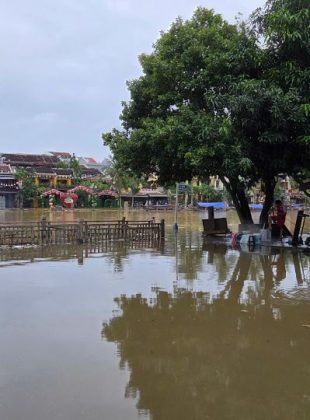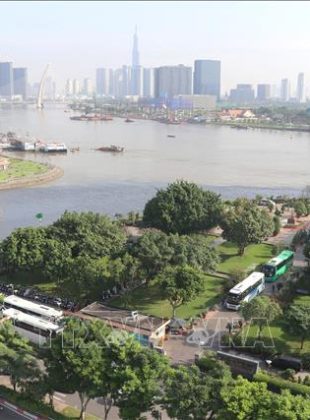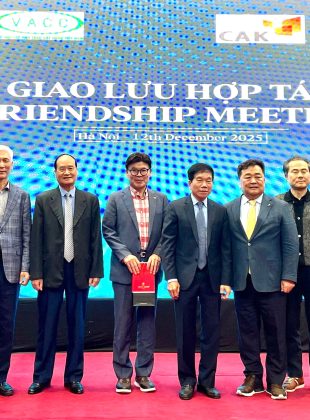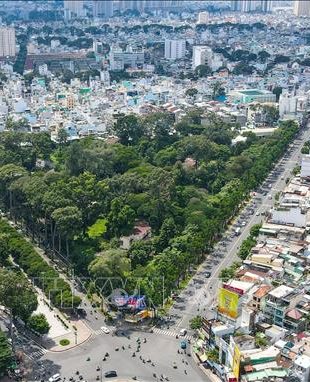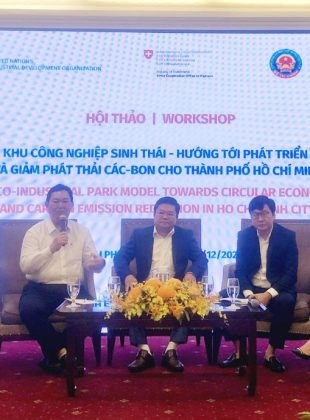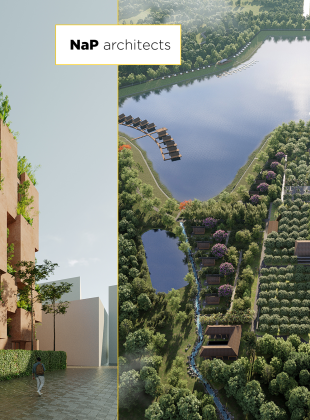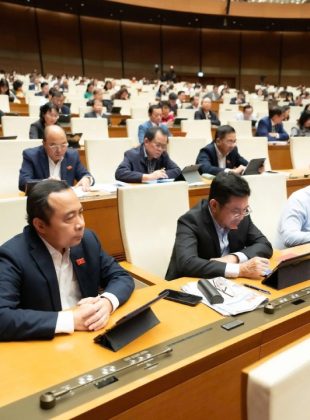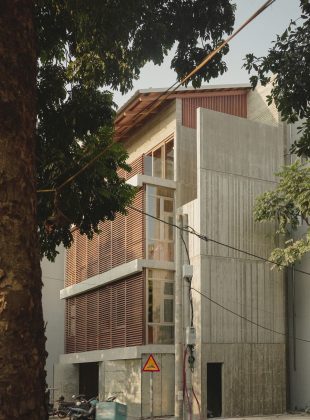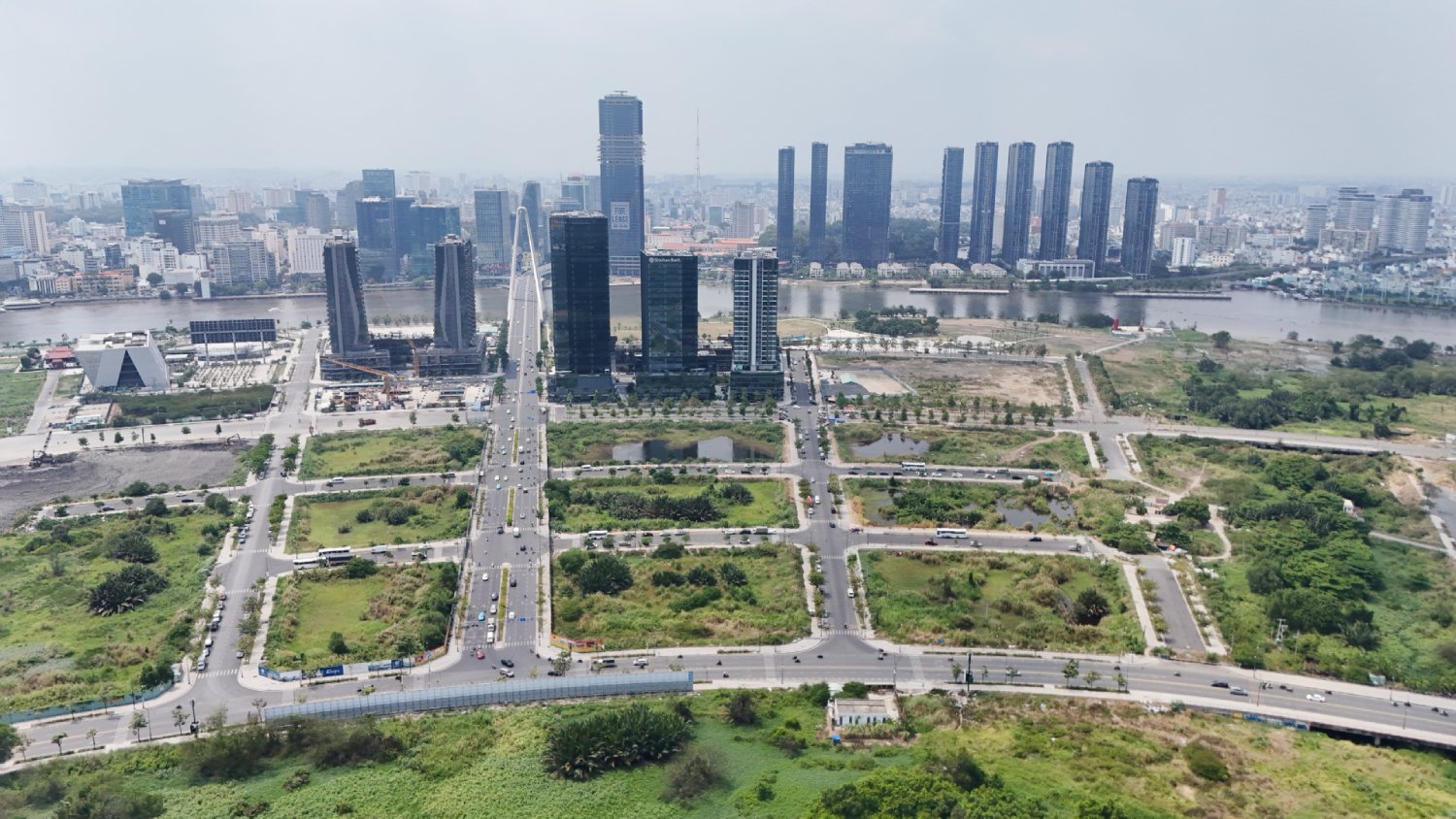
Today. ward-level authorities across HCMC distributed public opinion ballots, asking voters whether they “agree” or “disagree” with merging the entire land areas and populations of HCMC, Binh Duong, and Ba Ria-Vung Tau. Residents with alternative opinions were invited to provide written feedback on the ballots.
The consultation process, which began on April 12 and continues through April 13, is being conducted at the ward/communal and lower levels.
By April 14, commune-level authorities are expected to finalize reports on voter feedback. In areas without local people’s councils, Party committees will review the results, while communes with people’s councils will pass resolutions to formalize the merger proposal before submitting it to district authorities.
HCMC, a special-class urban center, covers 2,095 square kilometers and has a total population of nearly 10 million people across Thu Duc City, 21 districts with 273 wards, communes, and towns.
Binh Duong, covering 2,694 square kilometers with over 2.4 million residents, includes five cities and four districts with 91 wards, towns, and communes. Ba Ria-Vung Tau, with 1,982 square kilometers and more than 1.3 million people, comprises three cities and four districts with 77 wards, communes and towns. Together, these three dynamic provinces are economic powerhouses in the southeastern region and nationwide.
If approved, the new HCMC would cover 6,772 square kilometers, 135% of the required area for a city of its class, and have a population of 13.7 million, nearly ten times the national standard. The merged city would include 190 administrative units and establish a “super-metropolis” in the region.
Its main administrative-political center would remain at 86 Le Thanh Ton Street, District 1, with its secondary hubs at Binh Duong’s administrative center on Le Loi Street in Thu Dau Mot City and Ba Ria-Vung Tau’s center at 1 Pham Van Dong Street in Ba Ria City.
The merger aligns with Resolution No. 24 of the Politburo, which emphasizes rapid, sustainable development and regional economic breakthroughs. The new city would prioritize transformative growth to drive progress not only locally but also across interconnected regions.
The proposal comes amid broader national efforts to streamline administrative units. At the three-day 11th plenum of the 13th Party Central Committee, which concluded on April 12, the Party Central Committee agreed to reduce Vietnam’s provincial-level units from 63 to 34, including 28 provinces and six centrally governed cities.
(The Saigon Times)





